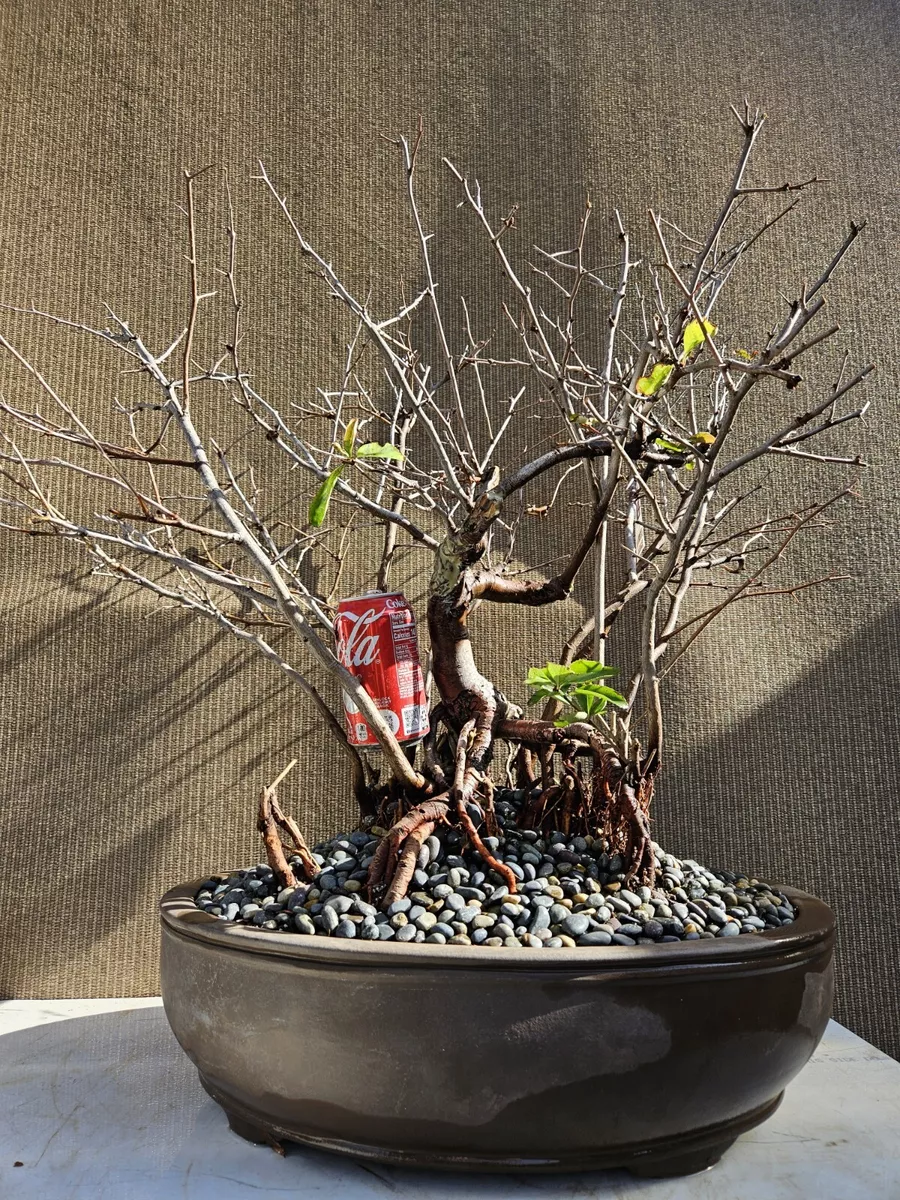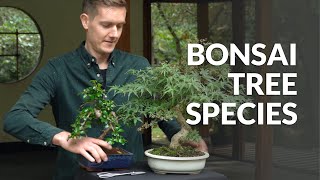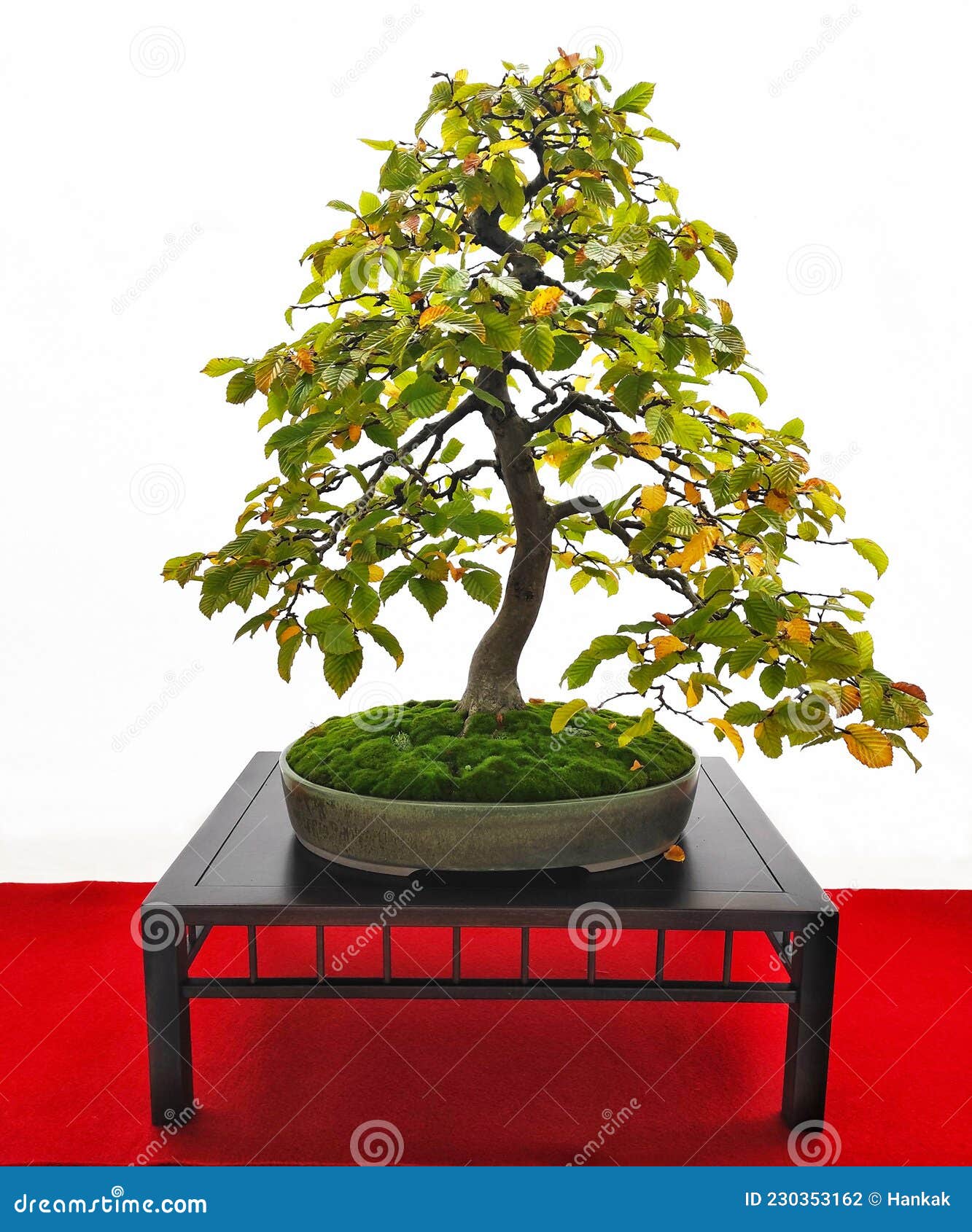Water the Common Quince Bonsai regularly but avoid waterlogging. Prune to maintain shape and encourage new growth.
The Common Quince Bonsai is a delightful addition to any bonsai collection. Its attractive flowers and small, edible fruits make it unique. Native to regions with a temperate climate, it thrives best with proper care and attention. Regular watering is crucial but ensure the soil is well-drained to prevent root rot.
Pruning helps maintain its compact size and enhances its aesthetic appeal. Sunlight is essential, so place it in a well-lit area but shield it from harsh midday sun. With the right care, the Common Quince Bonsai can flourish and bring beauty to your home or garden.
Introduction To Quince Bonsai
The Quince Bonsai comes from Asia. It has been grown for many years. Ancient people valued this tree. They saw it as a symbol of love and fertility. Over time, its popularity spread worldwide. Today, many bonsai enthusiasts cherish it.
The Quince Bonsai is special. It blooms with bright, colorful flowers. These flowers can be pink, white, or red. The tree also produces small, edible fruits. Its leaves are shiny and dark green. This bonsai has a twisted trunk and branch structure. These features make it a favorite among bonsai lovers. The tree’s beauty and charm are unmatched.

Credit: www.ebay.com
Choosing The Right Quince Bonsai
Selecting the ideal Common Quince Bonsai involves understanding its specific care needs. Ensure proper watering, sunlight, and pruning for a thriving bonsai.
Selecting A Healthy Tree
A healthy quince bonsai tree has bright green leaves. The leaves should not have spots or holes. Check the roots. They should be firm and not rotten. A good tree has a thick trunk. The branches are well-spaced and strong. Look for any pests on the tree. A pest-free tree is a healthy tree.
Ideal Varieties
Common quince and Chinese quince are ideal for bonsai. These varieties adapt well to pruning. They have beautiful flowers. Their fruits are small and decorative. Both varieties are hardy and easy to care for. Choose one that suits your climate. This ensures your bonsai thrives.
Optimal Soil And Potting
Optimal soil conditions are crucial for Common Quince Bonsai Tree care. A well-draining potting mix enriched with organic matter ensures healthy growth. Regularly check the soil moisture to avoid waterlogging.
Best Soil Mix
Use a well-draining soil mix for your quince bonsai. A good mix contains akadama, pumice, and lava rock. These materials help keep the roots healthy. The soil should retain some moisture but not stay too wet.
Pot Selection
Choose a pot with good drainage holes. The pot should be shallow but wide. This helps the roots spread out. Use a pot made of ceramic or clay. These materials keep the soil temperature stable.
Watering Techniques
Water your Common Quince bonsai tree regularly. The soil should be moist but not soggy. Check the soil daily to ensure it is not drying out. Use a watering can with a fine nozzle. Water until it drains out of the bottom. Avoid letting the tree sit in standing water.
Yellowing leaves can be a sign of overwatering. The tree may also have droopy leaves. Check for mold on the soil surface. Root rot can occur if the soil is too wet. Feel the soil before watering again. The soil should be slightly dry to the touch.
Fertilizing For Growth
There are different types of fertilizers for bonsai trees. Organic fertilizers come from natural sources. Chemical fertilizers are made from synthetic materials. Liquid fertilizers are easy to apply. Slow-release fertilizers provide nutrients over time. Each type has its own benefits.
Fertilize your bonsai tree during the growing season. Spring and summer are ideal times. Avoid fertilizing in winter. Over-fertilizing can harm the tree. Follow the instructions on the fertilizer package. This ensures the right amount is used.
Pruning And Shaping
Use sharp pruning shears for clean cuts. Concave cutters help remove branches neatly. Wire cutters are essential for shaping. Always sterilize tools before use. This prevents disease spread. Trim branches to desired shapes. Remove dead or weak branches. Thin out crowded areas. This allows light and air to circulate. Use bonsai wire to shape branches. Wrap wire gently around branches. Bend branches slowly to avoid breakage. Check wire often. Remove it before it cuts into the bark.
Prune in early spring for best results. This encourages new growth. Avoid pruning in late fall. Tree needs to heal before winter. Remove old leaves in spring. This helps new buds grow. Prune roots every 2-3 years. This keeps the tree healthy. Use sharp scissors for root pruning. Always cut roots carefully. Re-pot after root pruning. Choose a well-draining soil mix. Water the tree thoroughly after re-potting.
Pest And Disease Management
Aphids love the sap of the quince bonsai. They can weaken the plant quickly. Scale insects are also a problem. They attach themselves to the branches and leaves. Spider mites can cause leaves to yellow and drop. Caterpillars may chew on the leaves, causing damage. Watch out for signs of pests early.
Check your bonsai tree daily for pests. Use a soft brush to remove pests. Spray neem oil on the leaves. Keep the tree clean and free of debris. Do not overwater the plant. Healthy trees resist pests better. Quarantine new plants before adding them. Keep the bonsai in a well-ventilated area. Rotate the plant for even sunlight exposure.
Seasonal Care Tips
Ensure your Common Quince Bonsai thrives by adjusting watering routines for each season. Prune regularly to maintain shape and health.
Winter Protection
Common Quince bonsai trees need special care in winter. Protect the tree from frost. Keep the tree in a cool place. Avoid direct exposure to snow. Use a frost blanket to cover the tree. Check the soil moisture regularly. Water the tree less often in winter. Indoor placement helps avoid cold damage. Ensure the tree gets enough light indoors. Avoid placing the tree near heaters.
Summer Care
Summer care is important for healthy growth. Water the tree daily in hot weather. Ensure the soil stays moist. Place the tree in partial shade. Full sun can harm the leaves. Use a humidity tray to keep the air moist. Prune the tree regularly to maintain its shape. Check for pests and diseases often. Use organic pesticide if needed. Fertilize the tree every two weeks.
Repotting Guidelines
Repotting a Common Quince Bonsai Tree involves choosing the right soil mix and ensuring proper drainage. Gently trim roots to encourage healthy growth and replant in a slightly larger pot for optimal development.
When To Repot
Repot your Common Quince bonsai every two to three years. Early spring is the best time. Check the roots; they should fill the pot. If roots are circling, it’s time to repot. Younger trees need repotting more often. Older trees can go longer between repots.
Step-by-step Process
First, carefully remove the tree from its pot. Gently shake off the old soil. Trim about one-third of the roots. Prepare a new pot with fresh soil. Place the tree in the new pot. Spread the roots evenly. Fill the pot with soil, covering the roots. Water the tree well after repotting. Keep the tree in a shaded area for a few weeks.

Credit: www.bonsaiempire.com
Displaying Your Quince Bonsai
Quince bonsai can thrive both indoors and outdoors. Indoor placement offers stable temperatures and protection from harsh weather. Outdoor placement provides natural light and fresh air, which are crucial for growth. Choose a spot with indirect sunlight indoors. Outdoors, place the bonsai in a shaded area to avoid direct sun damage. Keep an eye on the temperature. Quince bonsai prefers cooler climates. Rotate the plant occasionally for even growth.
Aesthetic arrangements enhance the beauty of your quince bonsai. Use decorative pots that complement the tree’s shape. Add small rocks or moss around the base for a natural look. Display the bonsai on a raised platform to make it a focal point. Grouping multiple bonsai together creates a stunning display. Ensure each bonsai has enough space for air circulation.

Credit: www.dreamstime.com
Conclusion
Caring for a Common Quince Bonsai Tree is rewarding and straightforward. Regular pruning, proper watering, and sunlight ensure healthy growth. By following these tips, your bonsai will thrive and beautify your space. Remember, patience and consistency are key. Enjoy the journey of nurturing your Common Quince Bonsai Tree.

